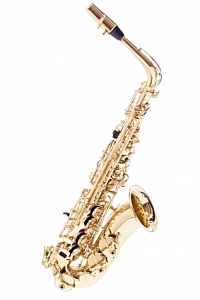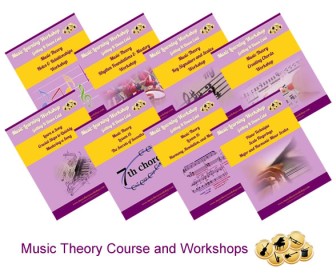Applying Music Theory to Your Wind Instrument
 Whether you play the trumpet, clarinet – like my daughter, French horn, flute, or piccolo, they all have one thing in common.
Whether you play the trumpet, clarinet – like my daughter, French horn, flute, or piccolo, they all have one thing in common.
It’s that every instrument has to deal with in the laws of music theory.
So no matter what you play you should know rhythm, notes, key signatures, scales, harmony, and the rest.
Applying music theory to your wind instrument is viewed by some as less effort than say a keyboard player may experience.
Saying that the instrument is monophonic and doesn’t require a big investment in theory is just plain crazy in my view.
It has to do with the fact that the basic music theory lessons are a must if you’re going to do more than play solo.
Doesn’t it make since that you need to know rhythm, key signatures, scales, and harmony if you are trying to play with other musicians. What about composing?
Just think about playing jazz, if you’re improvising and harmonizing with the rest of the band you better know your constraints and application of scales and key signatures and chord progressions.
So the bottom line is that you don’t really get to pass on music theory if want to be a serious player.
What About Technique and Music Theory
The main thing you’re going to start with, or at least should start with, in learning a new instruments is technique. Like I said on other pages, there is no replacement for a teacher that can work with you one on one on learning the technique to play your instrument.
Now what is really important is getting good technique taught to you. Some of the band method books out there actually set you up to play poorly because they don’t promote good technique from the beginning. However, there are those that can teach you via the new technology through audio recordings, video, workbooks, and web sites like “you tube”
Wind in the Aire
Let me give you an example of how this works.
My daughter wanted to learn how to play the cornet, well actually trumpet, but the cornet was easier to hold for the petite girl that she is. Fortunately my jazz mentor is a horn player and a good one at that.
They spent several lessons on just learning to breath, form lip position, holding the cornet and blowing without ever playing a single note.
Now this wasn’t that big a deal because they were so intently focused on making the right positions that all of a sudden on the third lesson a note emerged and it was the cleanest and clearest sound that my daughters eyes got big as dollar bills.
I want to take this a step further, she is also studying the piano and has a great deal of theory behind her already. She now has the ability to rapidly progress through the materials on notes and scales because she already knows them and focus on the technique of playing. Now that’s what I’m talking about.
Visit Our Preferred Partners
Our Preferred Partners are worth considering if you are looking for specific types of techniques such as:
Summary
So in approaching music theory and your wind instrument, realize that the theory is just as important as the technique. Start with the foundational series on music theory such as rhythm and mastering the master staff. As you become accomplished and start to play with others the knowledge of chords and key signature are going to play an important role in your ability to move forward, help others and be a serious musician.
You don’t have to get over serious and be a pro, but I believe that the true enjoyment is in the journey of ever learning more. Make your wind instrument music theory a part of that journey.
Learning Resources

